
The Zephyr Project meetup in Bangalore, hosted by Bosch, proved to be a dynamic and informative gathering for embedded system developers and enthusiasts. With generous support from sponsors such as Google, Nordic Semiconductor, Phytec, and BeagleBoard, attendees were treated to an evening of insightful presentations and networking opportunities.
The event kicked off with the tantalizing aroma of Indian snacks, such as bhajji accompanied by spicy chutney and hot chai, creating the perfect ambiance for an unforgettable evening. Susan Remmert from the Zephyr Project opened the event with a warm welcome, setting the stage for an engaging and informative evening.
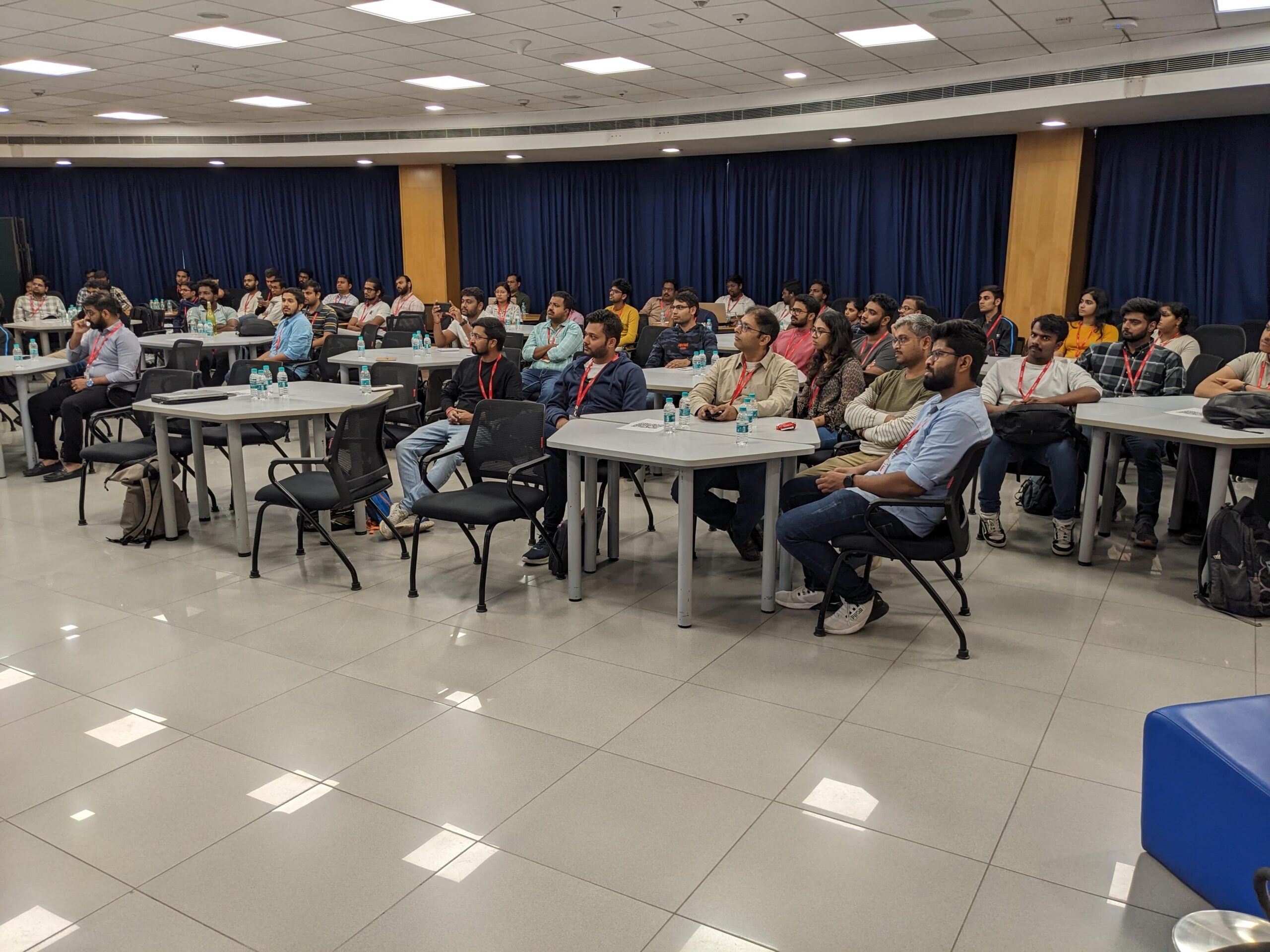
How Bosch contributes to Open Source
After the welcome, Lavanya Ravi, an Associate Software Engineer at Bosch, took the floor. As a software engineer representing the Security Building Blocks team at Bosch, Lavanya expressed her excitement about the meeting and emphasized the invaluable opportunity for networking and collaboration within the dynamic open source community. She highlighted Bosch’s 25-year history as a software leader, highlighting their extensive range of software products and services. She proudly shared her team’s contributions to numerous open source projects, setting the stage for Yashwanth, a teammate and Firmware Security Engineer, to delve deeper into their open source efforts. He shared insights into their team’s focus on innovation with 75% of their projects being open source. He discussed significant contributions to the Rust programming language and shared their journey from a small team with a vision to implement Rust in the Bosch ecosystem to now having over 500 people aligned with that vision. Singh highlighted two major projects, Rust Boot and Shakti, underscoring their commitment to secure bootloader development and support for open source processor design, respectively. Yashwanth also introduced the Shakti Rust SDK, which enables secure booting for Shakti processors, and discussed plans for integrating Rust into Zephyr.
Watch the session now to learn more.
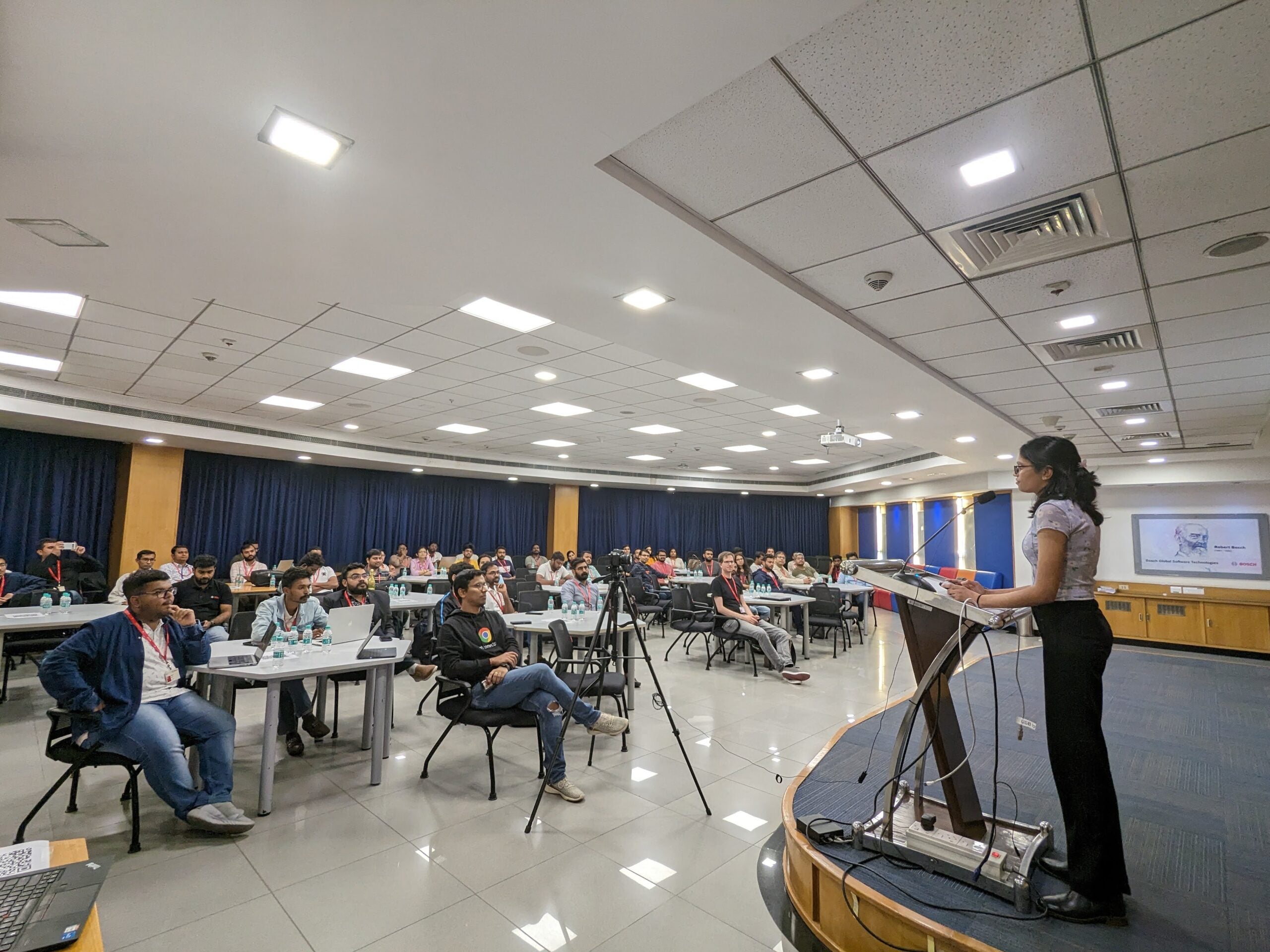
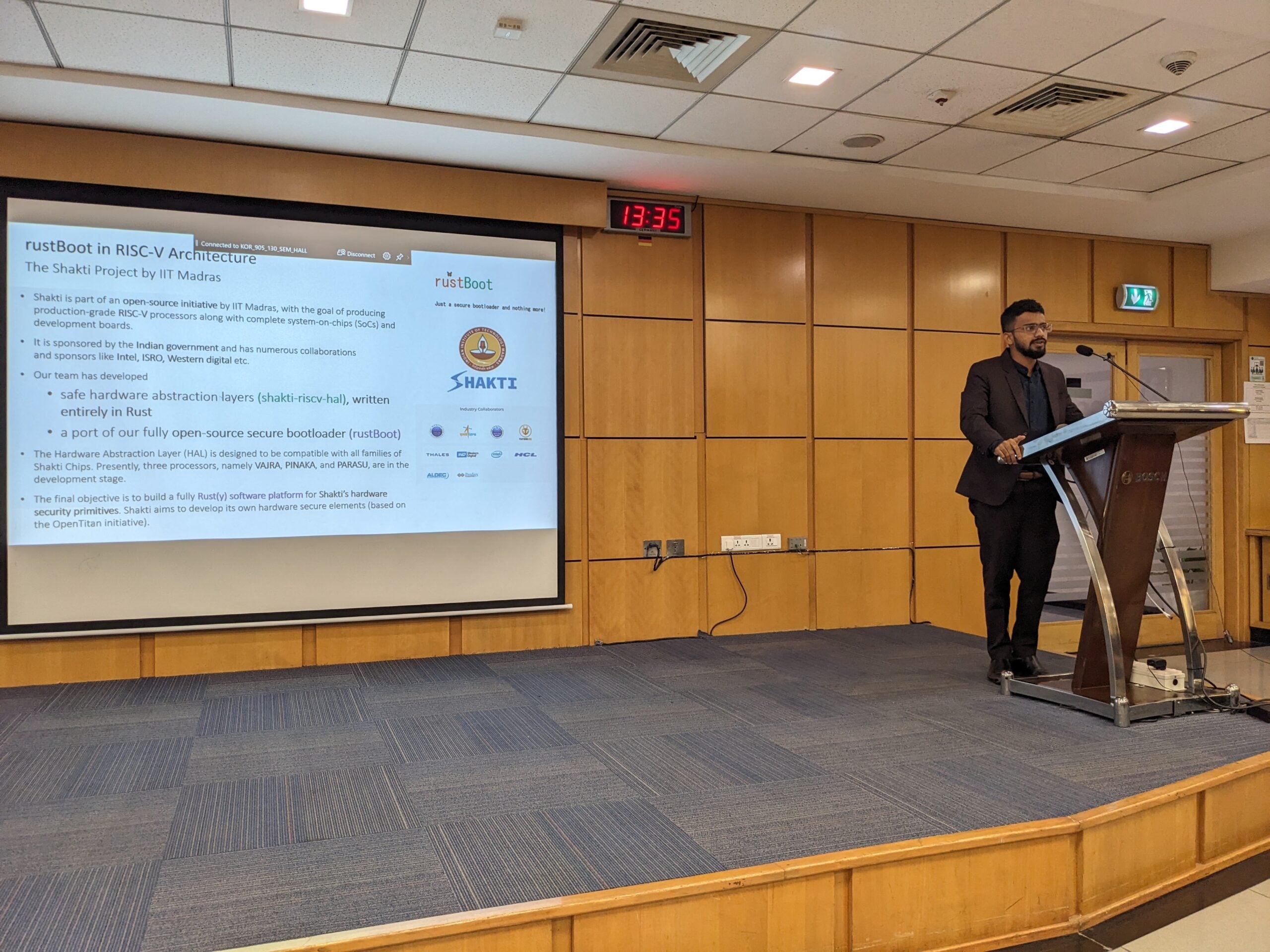
Embarking on Embedded Adventures: A Beginner’s Guide to Zephyr and Open Source
During the meetup, Akarshan Kapoor, a third-year undergraduate student in the Department of Data Science at IIT Mandi, shared his journey into open source and Zephyr. He discussed his introduction to open source through events like Hacktoberfest and participation in programs like Google Summer of Code. Akarshan’s talk focused on his Google Summer of Code project, which involved developing a driverless scanning system and metadata extraction tool. During an open source conference, he discussed his discovery of Zephyr and its role as a small-footprint kernel for embedded systems. He offered insights into getting started with Zephyr, emphasizing the importance of understanding system design basics and exploring the documentation.
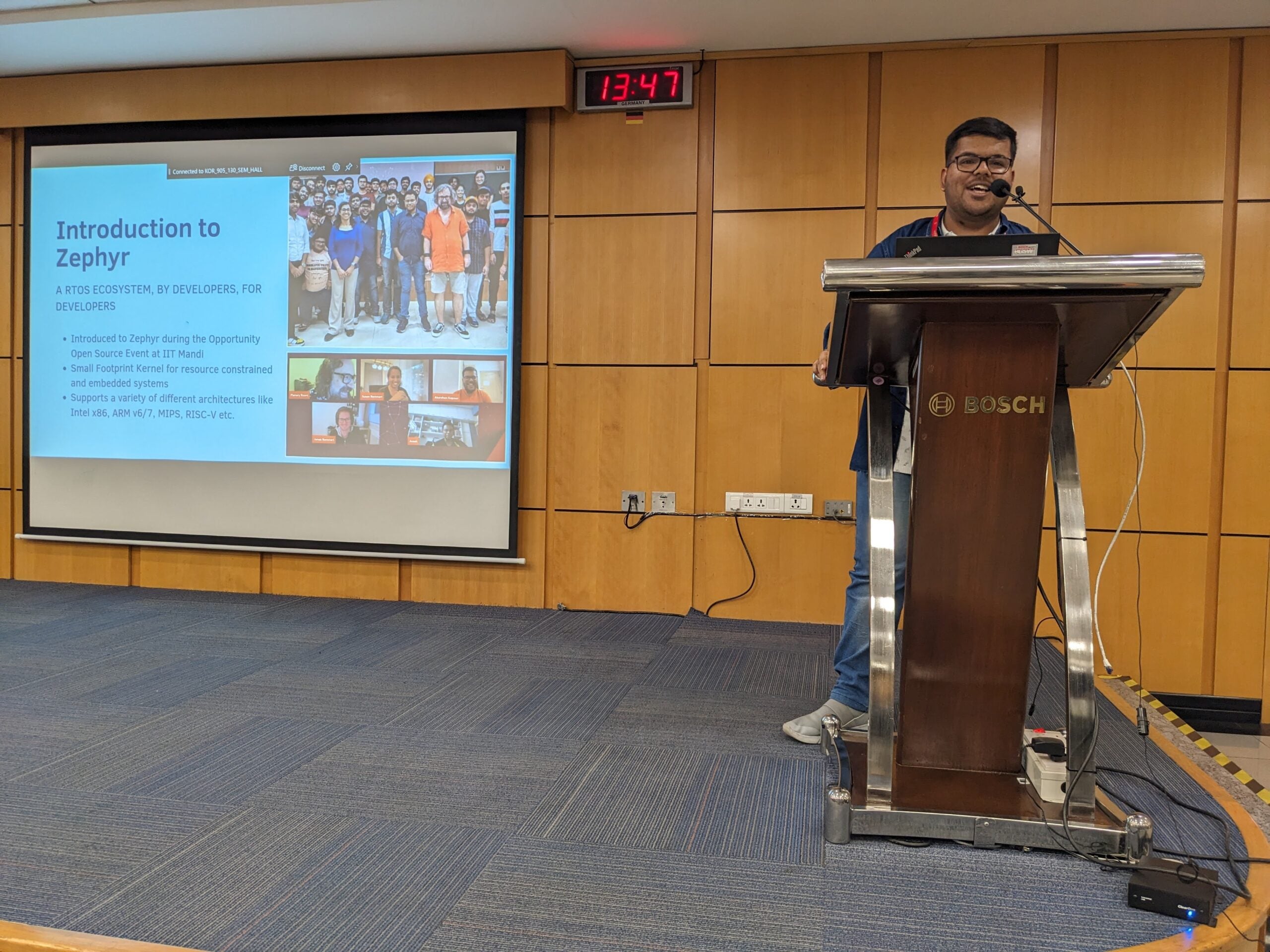
Greybus for IoT using Zephyr RTOS and Linux
Following Akarshan’s engaging presentation, Vaishnav M A, a software engineer at Texas Instruments, discussed the use of Greybus for IoT applications using Zephyr RTOS and Linux. Greybus is an application layer protocol that was originally developed for Google’s Project Ara modular smartphone project. Greybus has simplified the integration of remote sensors and actuators by utilizing BeagleConnect technology from BeagleBoard.org. This enables plug-and-play functionality with minimal low-level firmware development. The presentation showcased the potential of Greybus for IoT applications, leveraging Zephyr RTOS and Linux for seamless connectivity and customization in embedded systems.
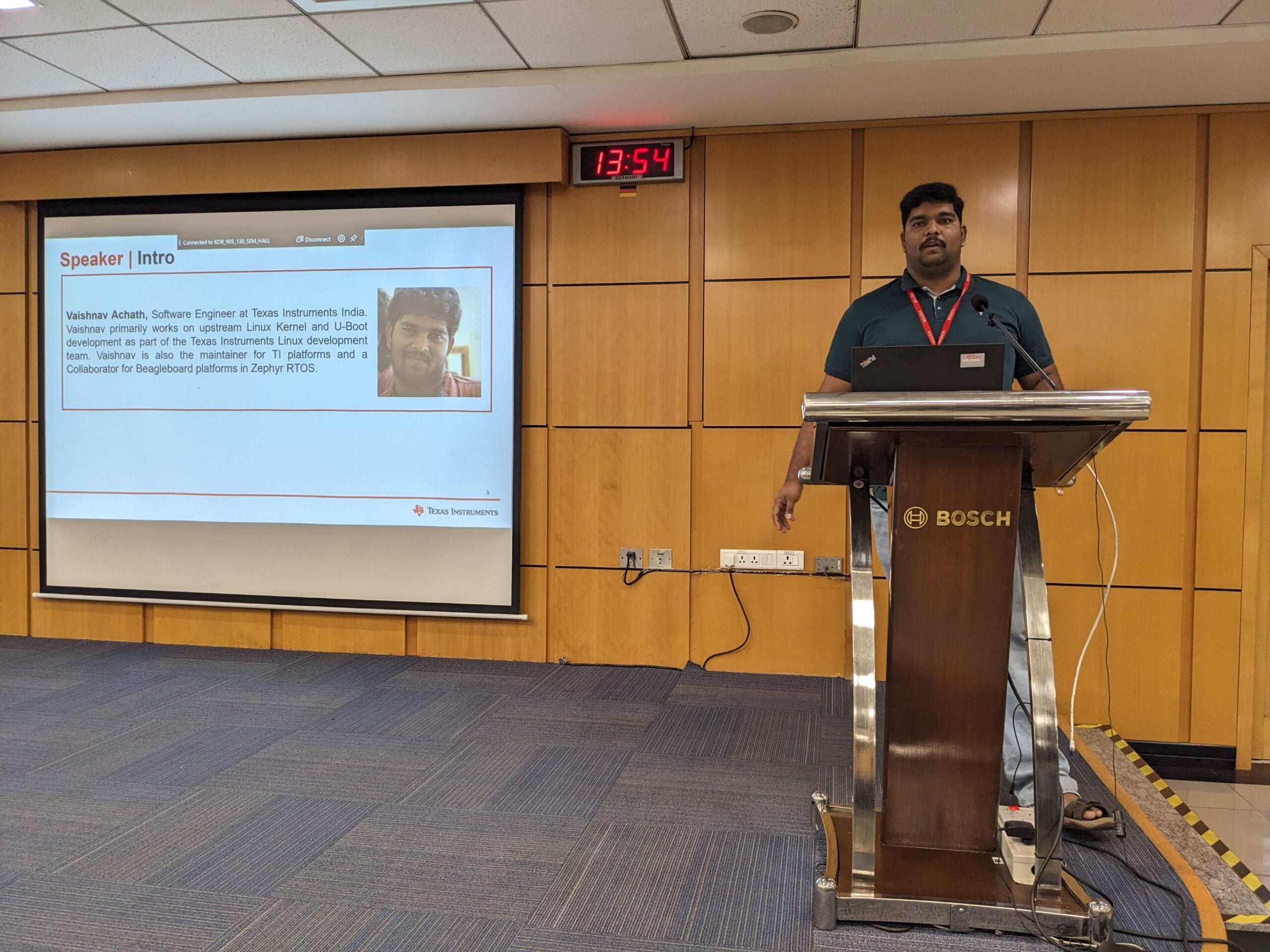
Bringing SEU Resilience to Zephyr: A Journey of Integration
During his presentation titled ‘Bringing SEU Resilience to Zephyr: A Journey of Integration,’ Navinkumar, a Senior Engineer at Intel Corporation, shared insights on integrating Single Event Upset (SEU) drivers into the Zephyr Community. He explained that SEUs occur due to cosmic rays or external events, causing temporary hardware errors without permanent damage. Navinkumar demonstrated the effects of Single Event Upsets (SEUs) using examples such as election discrepancies and energy meter inaccuracies. He emphasized the significance of SEU drivers in Zephyr, especially for Field-Programmable Gate Arrays (FPGAs), where continuous monitoring is crucial due to the placement of hardware logics in configuration RAM. Navinkumar introduced the implementation of SEU drivers in Zephyr, showcasing APIs for error detection, injection, and simulation. He outlined the Zephyr development process for integrating new APIs. He emphasized the importance of RFC creation, review, and eventual code merging.
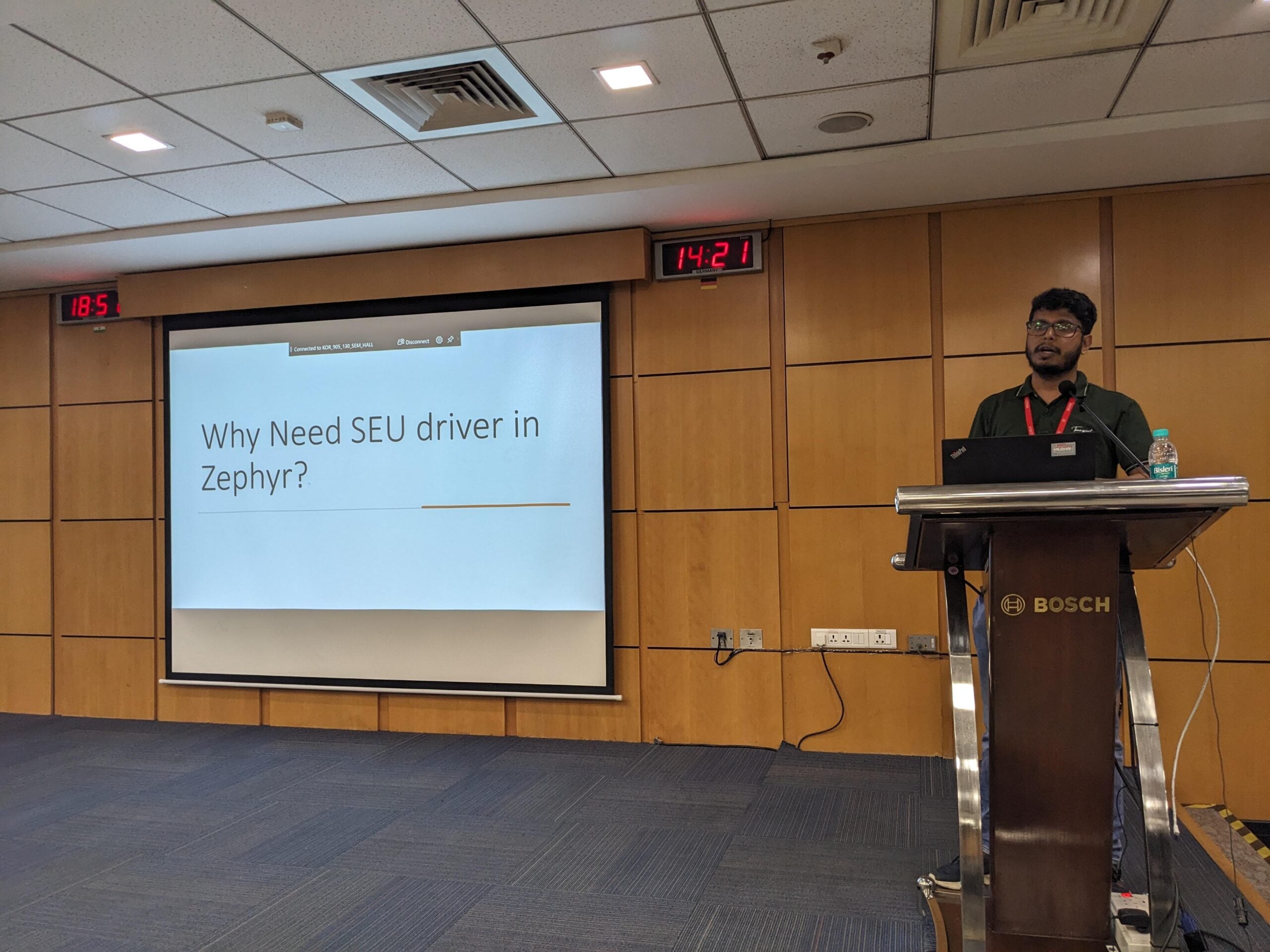
After a short break sponsored by Google, the event continued with presentations from industry experts. These included Manojkumar Subramanian from Electrolance Solutions, Nagamahesh Gamidi from Timesys Corporation, Dhruva Gole from Texas Instruments, and Subrata Banik from Google. Each presentation offered a unique perspective on Zephyr’s architecture, ecosystem, and security landscape, providing attendees with a comprehensive understanding of the RTOS and its applications.
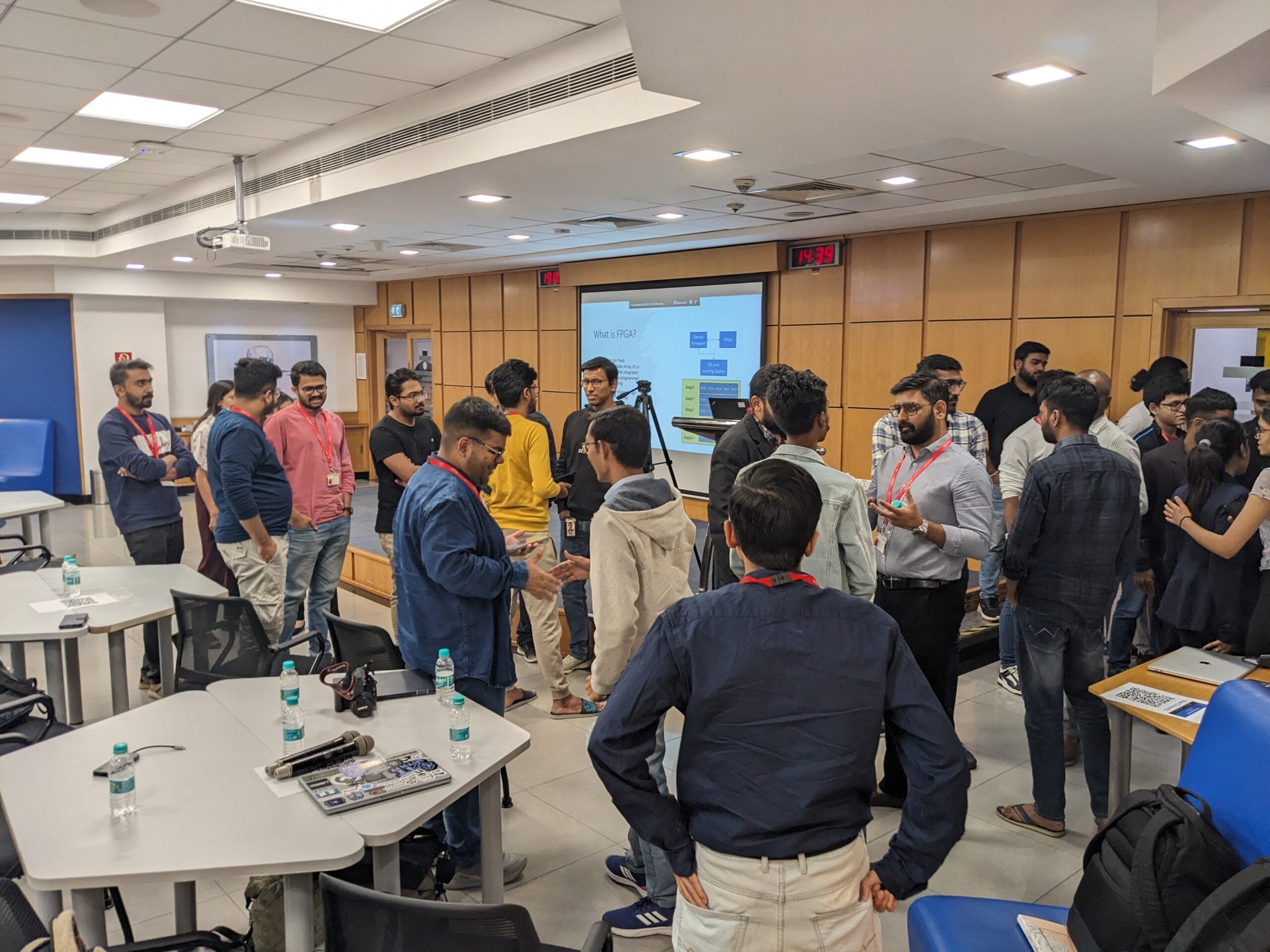
Exploring Zephyr: A Modern Embedded RTOS framework.
During his talk, Manojkumar, an embedded systems enthusiast from Malaysia, shared his experience with Zephyr RTOS and its impact on his personal and professional life. He initially had doubts about Zephyr, but eventually adopted it due to its user-friendly interface and comprehensive features. Manojkumar emphasized Zephyr’s flexible architecture, extensive documentation, developer-friendly tools, and robust ecosystem. Manojkumar emphasized the importance of Zephyr’s shell utility, logging capabilities, tracing functionality, device tree support, and integration testing framework. He demonstrated how Zephyr has revolutionized embedded software development, making it more accessible, efficient, and scalable through real-world examples.
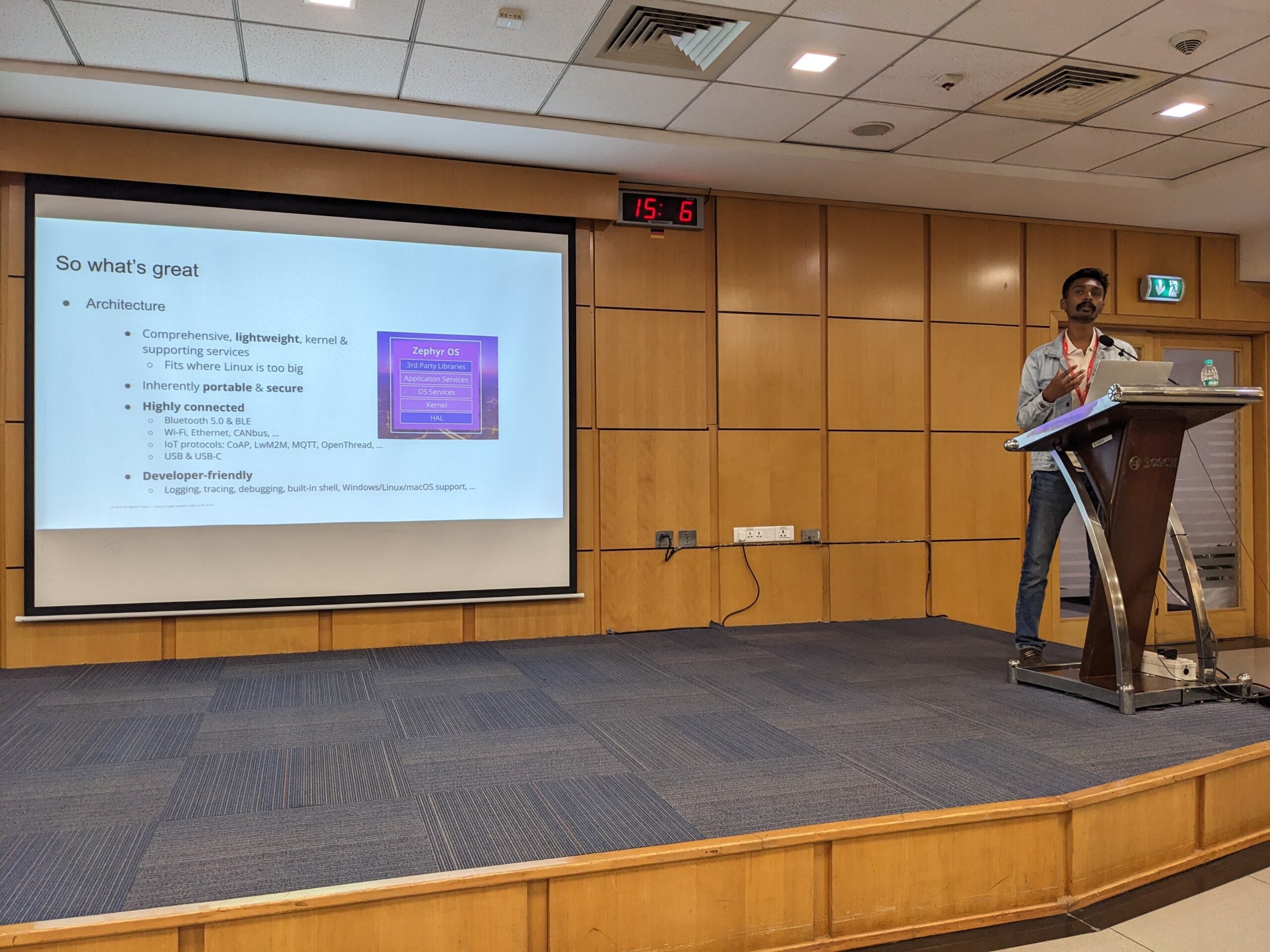
Navigating the Open Source Security Landscape: Effective Strategies for Zephyr Devices using SBOMs, CVEs, Vigiles
In this session, Nagamahesh Gamidi, Business Development Manager and Solution Architect at Timesys Corporation, presented “Navigating the Open Source Security Landscape: The talk focused on effective strategies for Zephyr devices using SBOMs, CVEs, and Vigiles. The presentation addressed the persistent challenge of staying ahead of security threats in the rapidly evolving world of IoT and embedded systems. The presentation discussed managing security in embedded systems. It emphasized the importance of understanding CVEs, identifying blind spots, and prioritizing risks. Vigiles, a SaaS tool, aims to streamline securing Zephyr-based devices. The talk provided participants with the knowledge and tools to adopt a more comprehensive approach to security by offering insights on how to effectively read and prioritize CVEs and identify real threats.
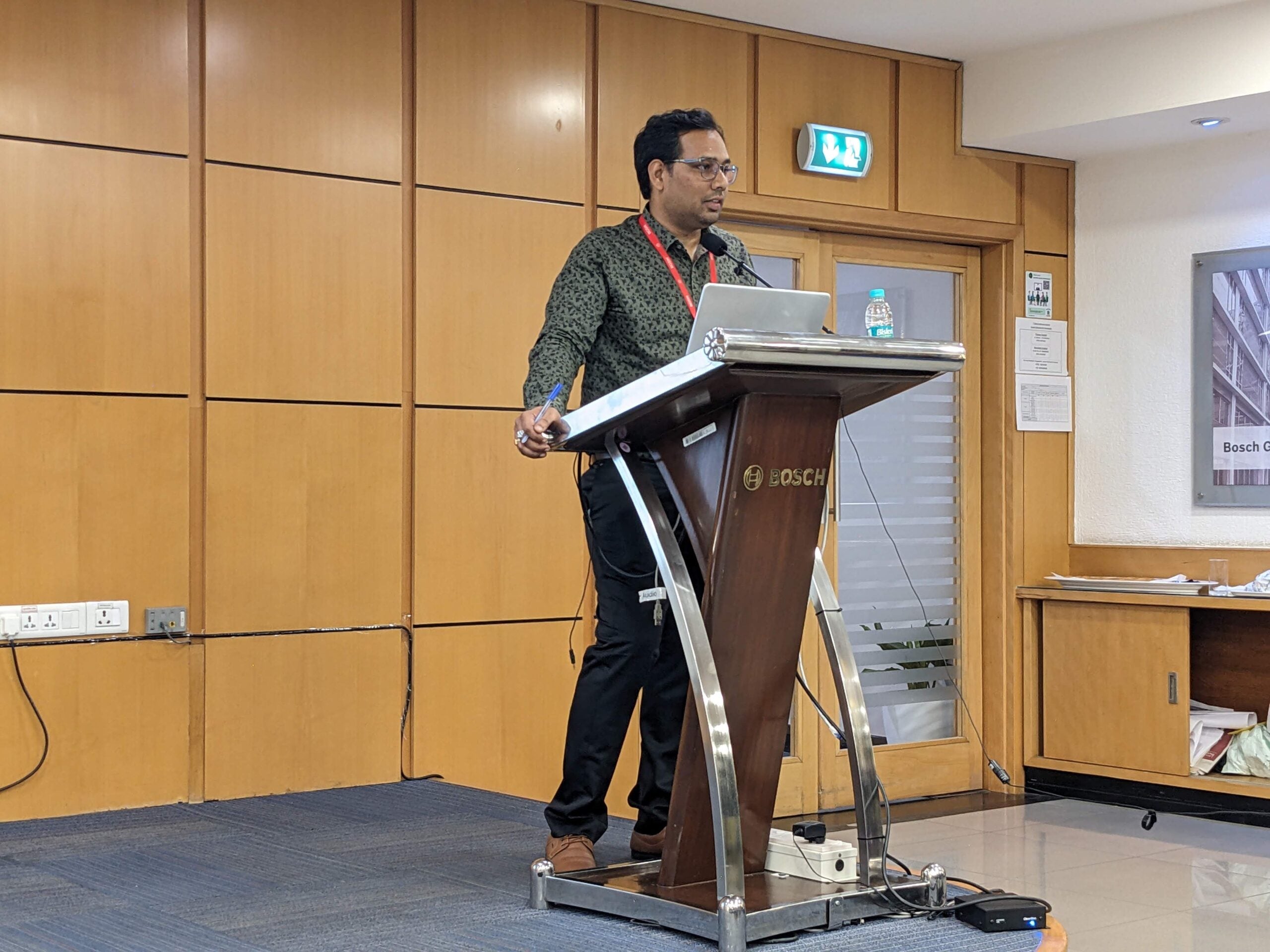
Flying the Zephyr kite with Beagleboards
Dhruva Gole, Embedded Software Engineer at Texas Instruments, addressed the integration of the Zephyr RTOS with Beagleboards in his presentation “Flying the Zephyr kite with Beagleboards”. He emphasized TI’s upstream-first strategy in open source and his role as the maintainer for the Adino Core API for Zephyr. Dhruva highlighted the supported platforms, such as Beagle Play and BeagleBone AI 64, showcasing Zephyr’s relevance for heterogeneous architectures. He also outlined the challenges and achievements in upstreaming device drivers for Zephyr.
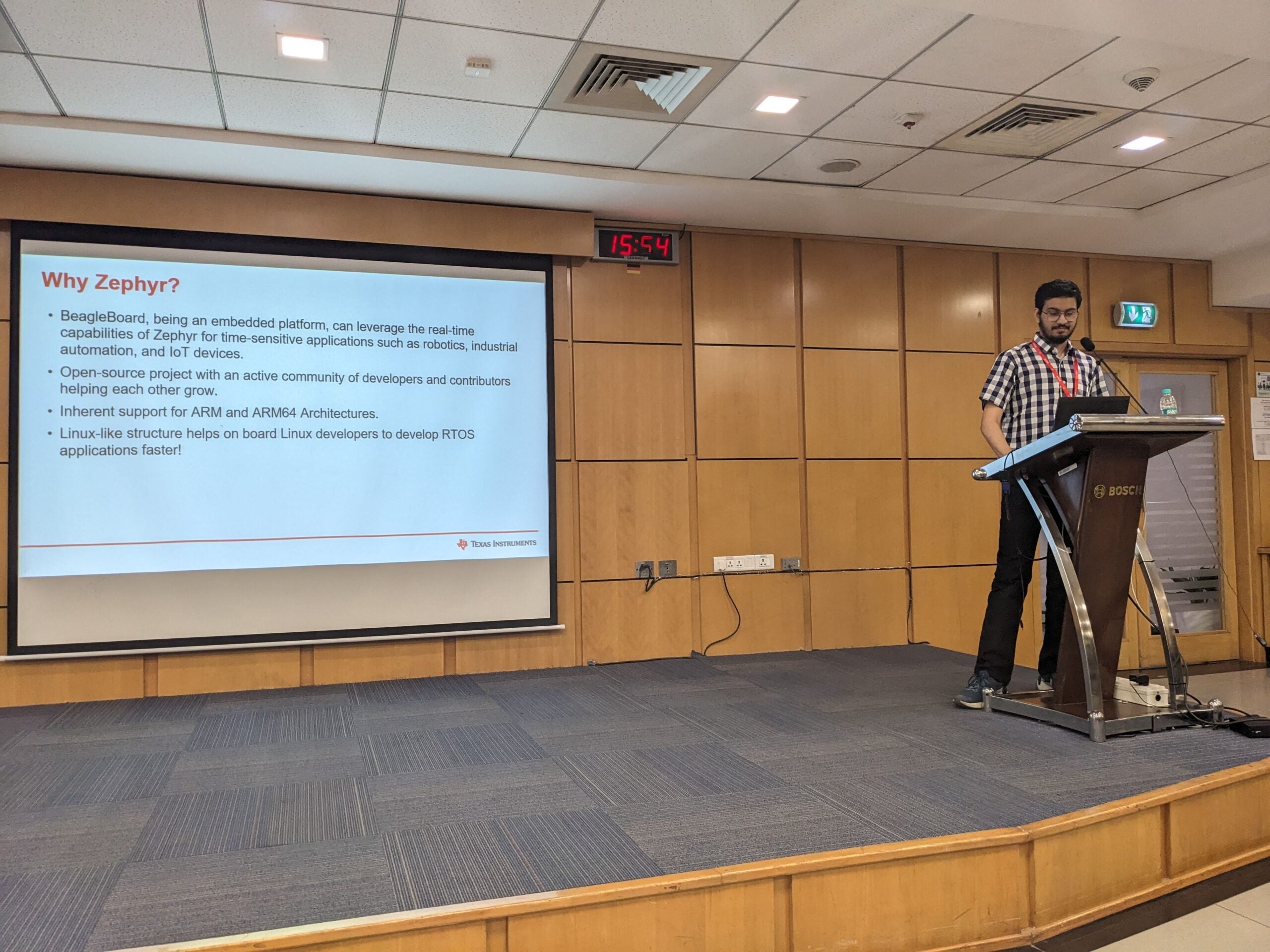
How Google is contributing to open source
Subrata Banik, a member of the Chrome team at Google, provided a comprehensive overview of open-source firmware in Chromebook development. He emphasized Google’s commitment to open source principles and explored the critical role of firmware in ensuring device consistency and standard OS interfaces across diverse hardware platforms. Using a Chromebook as a visual aid, Banik navigated through firmware architecture layers, detailing their functions in power and peripheral management, as well as security. The presentation also delved into the boot flow of Chrome firmware, highlighting Google’s investment in modular development and partnership with the Zephyr project. Through engaging demonstrations and project links, Banik illustrated the significance of firmware in achieving rapid boot times and consistent user experiences on Chrome devices.
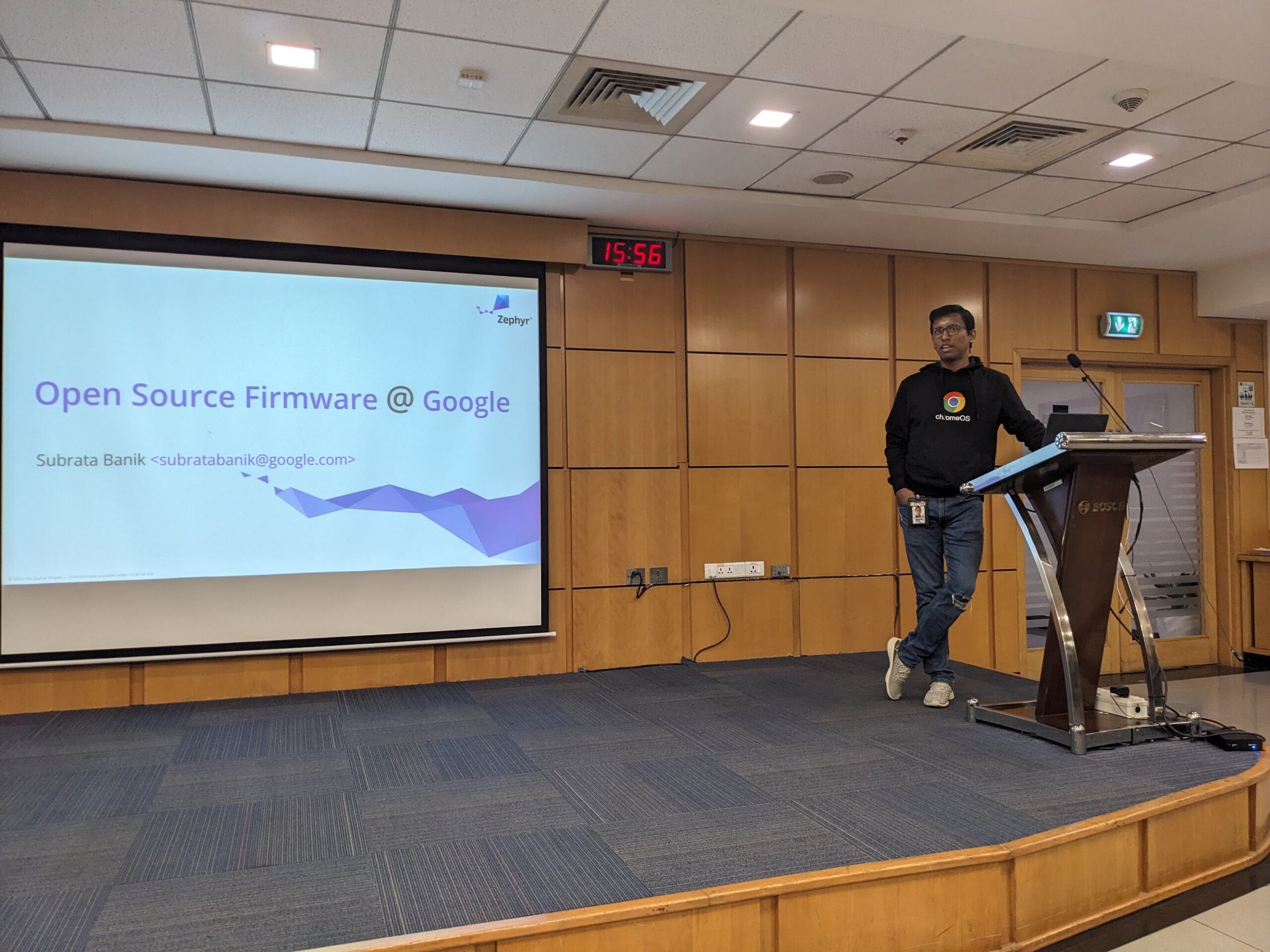
The evening wrapped up with an interactive quiz session, during which attendees put their knowledge of Zephyr and related topics to the test. Winners of the quiz received hardware prizes generously sponsored by Nordic Semiconductor, BeagleBoard, and Phytec injecting an extra dose of excitement and competitiveness into the event.
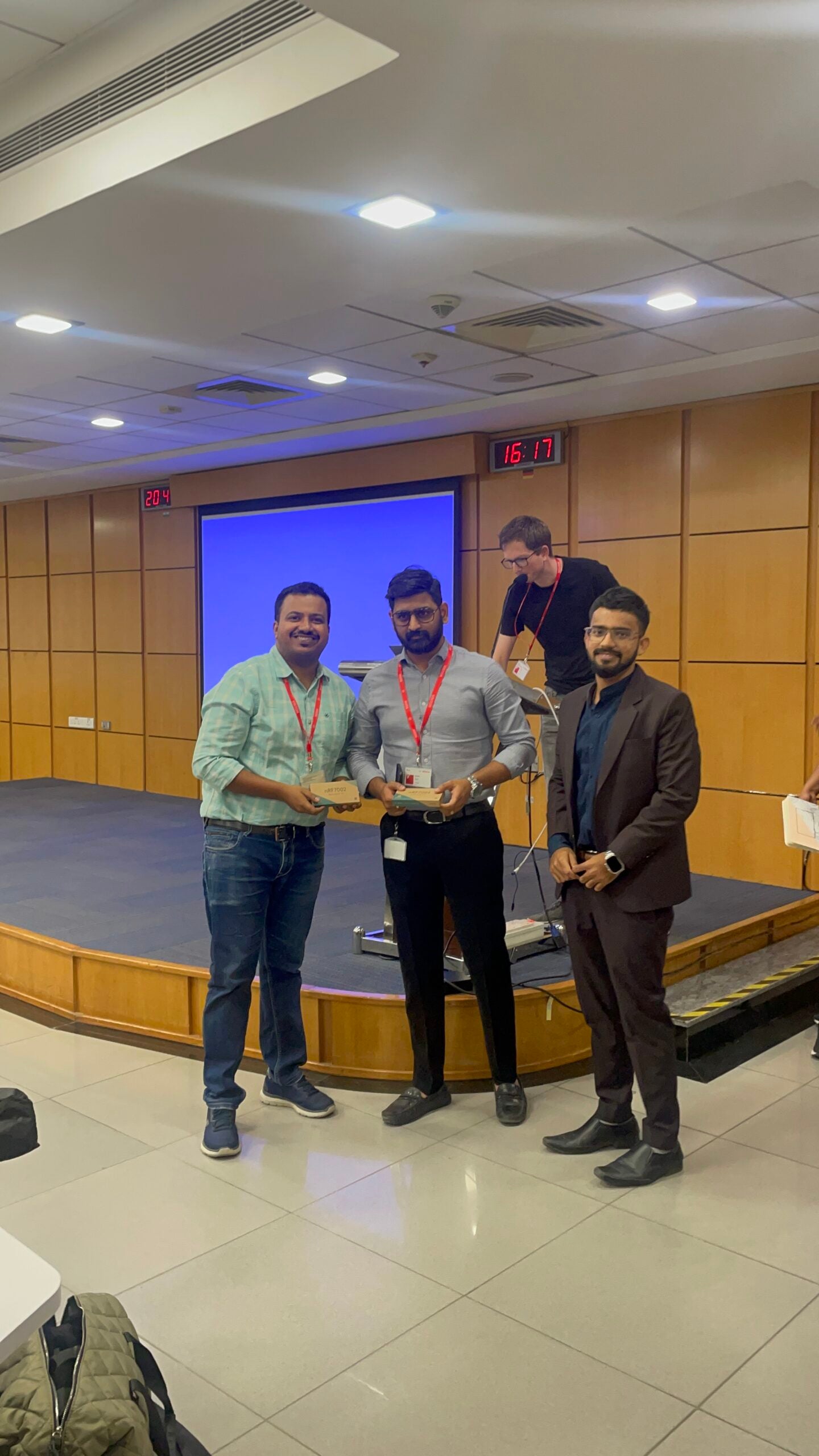
A massive shoutout and thank you to everyone who attended, spoke, and contributed to the success of the meetup.
The Zephyr meetup in Bangalore, hosted by Bosch and supported by various sponsors, provided a platform for engaging discussions and knowledge exchange among industry experts and enthusiasts. With presentations covering a wide range of topics, attendees gained valuable insights into the latest developments and challenges in the field of embedded systems and open source.
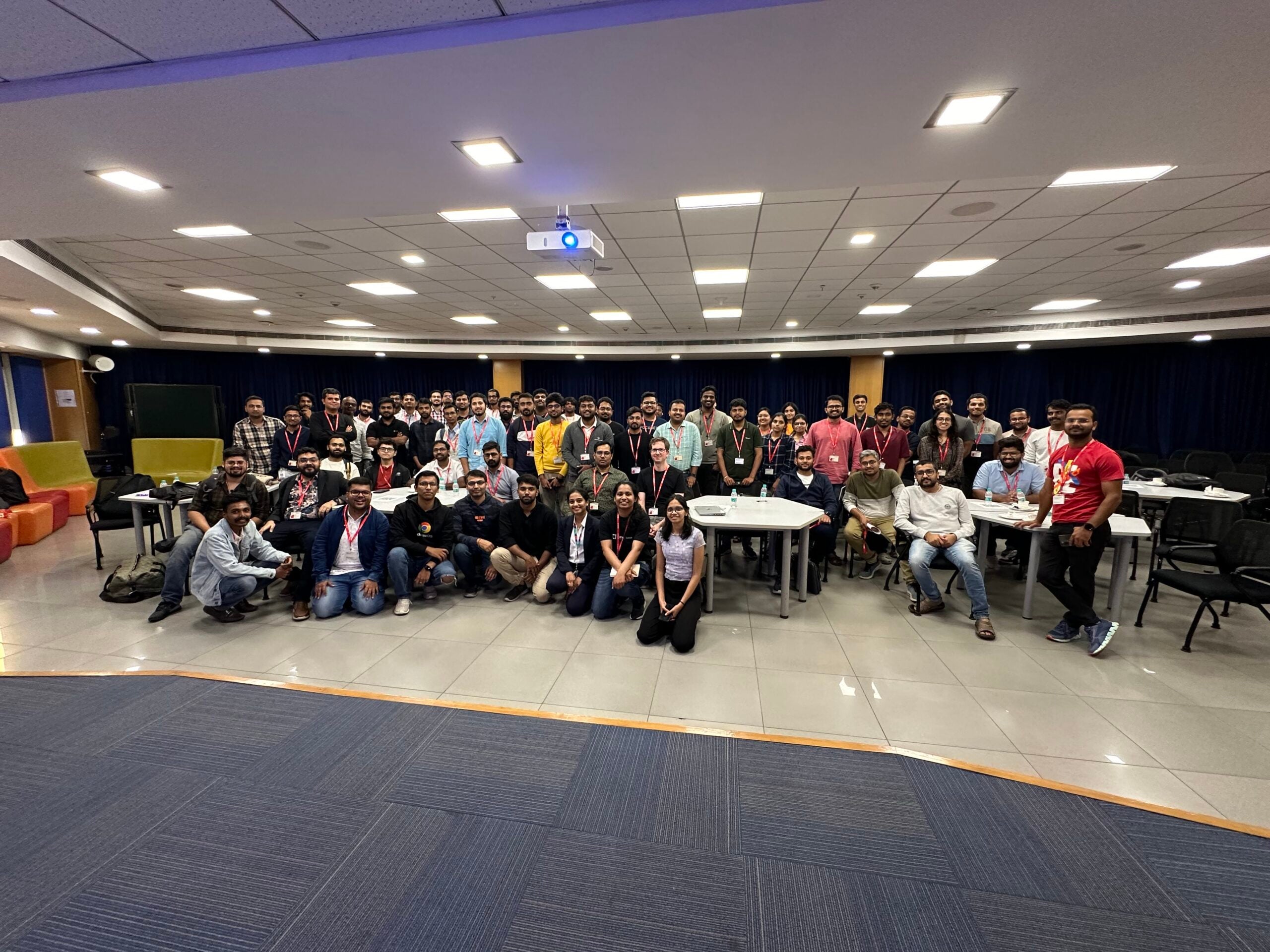
For those who couldn’t attend the event, we’re excited to announce that all the talks were recorded and are now available on YouTube! Whether you missed a session or want to revisit your favorite presentations, you can now watch them at your convenience. Please check here to watch the sessions.
Stay tuned for upcoming events. And if you’re as excited about Zephyr as we are, consider hosting an event in your city.
Reach out to us and explore how you can bring Zephyr to your community and make a difference in the world of IoT development.
To keep up to date about the project, subscribe to the Zephyr quarterly newsletter or connect with us on @ZephyrIoT, Zephyr Project LinkedIn or the Zephyr Discord Channel to talk with community and TSC members.